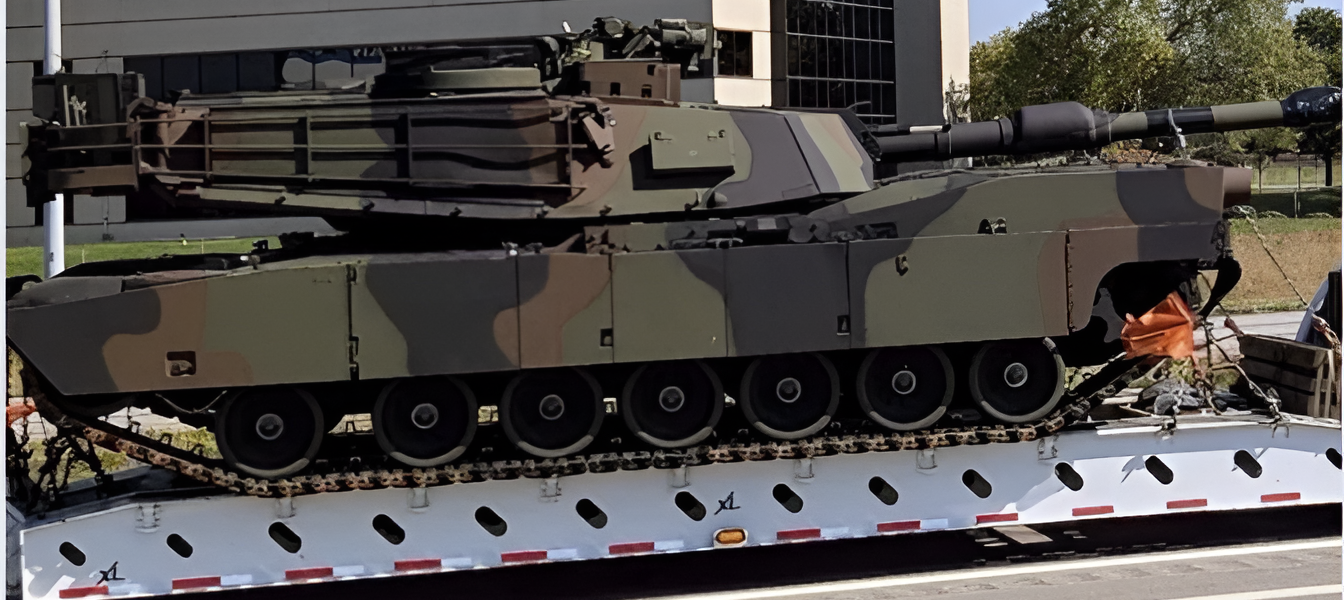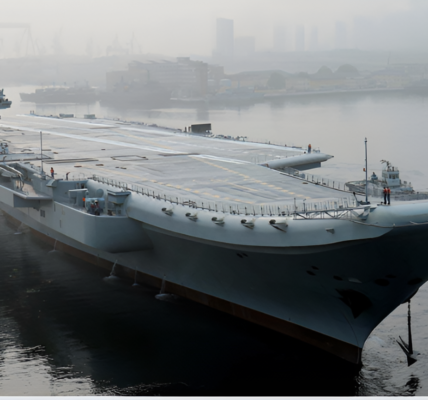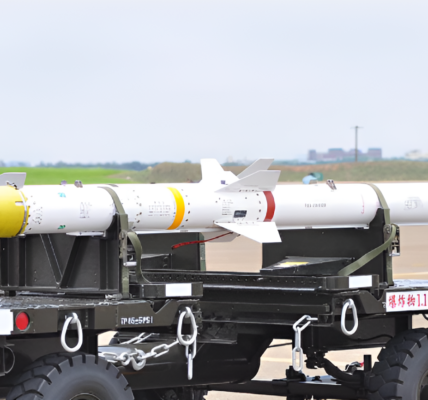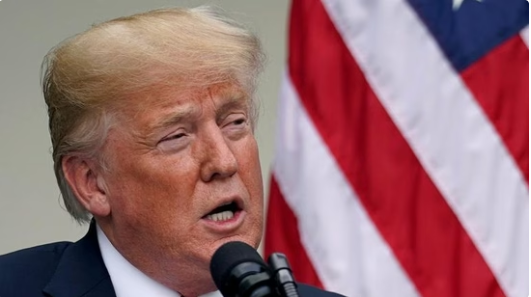Taiwan’s First New Tanks in 30 Years: Is the M1A2T Abrams the Right Choice for the Republic of China Army

Taiwan’s Republic of China Armed Forces (ROCAF) has received its first shipment of 38 M1A2T Abrams main battle tanks, marking the first acquisition of new tanks in nearly three decades. Arriving on December 13, the tanks made a 350-kilometre journey to the Army’s Armor Training Command in Hukou, Hsinchu County. The acquisition of the Abrams tanks is a significant upgrade, replacing the ROCAF’s aging M60 and M48 tanks, which have long been outdated. The M60, which entered service in the U.S. Army in 1960, had been supplied to Taiwan in the 1990s as surplus from the U.S. Army after the Cold War.
The M1 Abrams, in service with the U.S. Army since 1980, is renowned for its formidable firepower and protection, but its high operational costs and maintenance demands have limited its export, with Taiwan becoming the first East Asian country to procure this advanced vehicle. While Taiwan sought to acquire the Abrams for several years, initial attempts in the 2010s, including under the Trump administration, were not successful. Despite the setback, Taiwan continued efforts to modernize its M60 tanks before finally securing the Abrams deal.
However, Taiwan’s decision to procure the M1A2T Abrams comes amid growing scrutiny of the tank’s effectiveness in modern combat. In Ukraine, where Abrams tanks were recently deployed, the results have been underwhelming. Over 20 of the 31 tanks delivered to Ukraine have reportedly been destroyed, disabled, or captured, with many of the losses attributed to guided artillery and drone strikes. U.S. National Security Adviser Jake Sullivan remarked that the Abrams “were not useful” in Ukraine, with U.S. officials highlighting the tank’s high costs, complex maintenance, and fuel requirements as significant drawbacks. With its turbine engine requiring jet fuel and its costly upkeep, the Abrams has raised questions about its suitability for Taiwan, given the potential challenges of sustaining and operating the fleet.
For Taiwan, facing the prospect of a cross-strait conflict, the M1A2T Abrams may not provide the decisive edge hoped for. The ROCAF’s strategic need for reliable and easily maintainable assets to counter overwhelming odds could raise doubts about whether the Abrams is the right fit for Taiwan’s defense needs. As the regional security landscape evolves, Taiwan’s defense strategy will need to account for whether the Abrams’ strengths justify the high costs and operational challenges that come with it.




